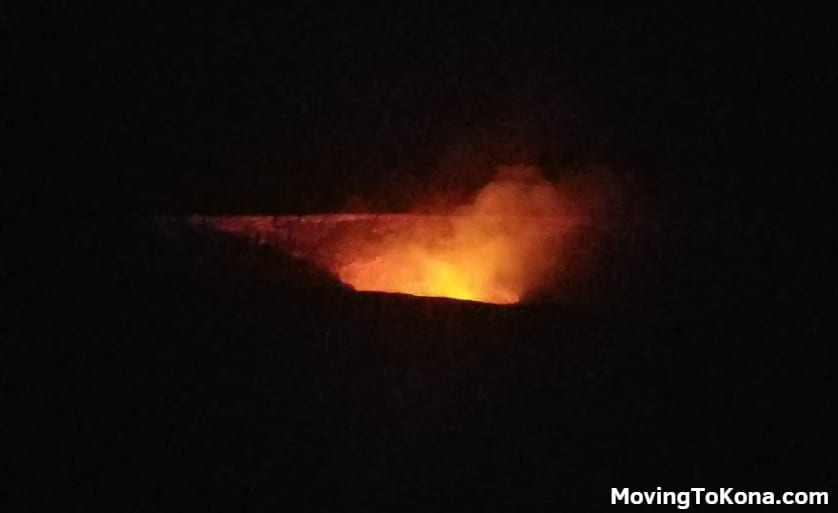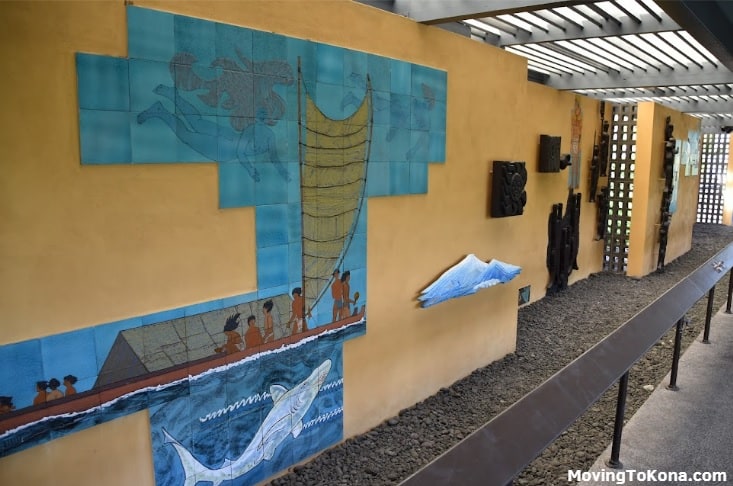What is the Complete and Thorough Myth of Pele?

What is the Complete and Thorough Myth of Pele?
Pele is a prominent figure in Hawaiian mythology and is revered as the goddess of fire, lightning, wind, and volcanoes. She is considered one of the most powerful and passionate deities in Hawaiian culture. Pele is believed to reside in the Halemaʻumaʻu crater at the summit of Kīlauea, one of the active volcanoes in the Hawaiian Islands. The legend of Pele is rich and varied, with numerous stories depicting her adventures and interactions with other gods, goddesses, and mortals.

Pele’s Story
According to the legend, Pele is the daughter of the sky god, Wakea, and the earth goddess, Papa. She had many siblings, including Kamohoaliʻi (the shark god) and Namakaokahaʻi (the sea goddess). However, Pele’s fiery nature caused conflict with her sister Namakaokahaʻi, and they engaged in epic battles whenever Pele created new land by erupting volcanoes.
The most famous tale about Pele involves her journey from her homeland, Kahiki (believed to be Tahiti), to Hawaiʻi. Legend has it that Pele sailed across the Pacific Ocean in a canoe called Honua-i-a-kea with her brothers and sisters. As they traveled, Pele displayed her powers by creating and destroying islands along the way, demonstrating her connection to volcanoes and fire.
When Pele arrived in Hawaiʻi, she first settled in the area known as Haleakalā (or “House of the Sun”) on Maui. However, due to ongoing conflicts with her sister Namakaokahaʻi, she was forced to leave Maui and continue her journey. Pele eventually made her way to the Big Island of Hawaiʻi, where she found her permanent home in the fiery depths of Kīlauea.
Pele is often portrayed as a beautiful and fierce goddess, with a volatile temperament and a deep passion for her domain. She is known to be protective of her lands and can be both benevolent and wrathful, depending on how she is treated. Pele is associated with volcanic eruptions, lava flows, and the creation of new land. She is revered by many Hawaiians, and offerings and prayers are made to her to seek her favor and protection.
Tales About Pele
There are numerous stories and legends that highlight Pele’s actions and interactions with mortals. For example:
- The Legend of Halemaʻumaʻu: This story tells of a mortal chief named Lohiʻau who caught the eye of Pele. Pele fell in love with Lohiʻau and sought to make him her own. However, Lohiʻau’s heart belonged to another, a mortal princess named Hiʻiaka. Pele and Hiʻiaka engaged in a battle of wills and powers, with Pele causing great destruction. In the end, Hiʻiaka triumphed, and Lohiʻau was saved.
- The Legend of Puʻuonua o Honaunau: In this tale, Pele challenged a local chief named Lonoikamakahiki to a test of power. Pele created a volcanic eruption, threatening to destroy the chief’s village. However, Lonoikamakahiki sought the aid of his own deity, the goddess of the sea. With her help, Lonoikamakahiki redirected the lava flow into the ocean, saving his people and defeating Pele.
- The Legend of Pele and Kamapuaʻa: This story tells of Pele’s romantic relationship with the demigod Kamapuaʻa, who had the power to transform into a pig. Their tumultuous love affair was marked by conflict and jealousy, with Pele ultimately turning Kamapuaʻa into a pig. Despite their differences, Kamapuaʻa still holds a special place in Hawaiian folklore and is often associated with the rainy and lush side of the islands, contrasting Pele’s fiery nature.
These are just a few examples of the legends and stories that surround Pele, illustrating her power, passion, and complex relationships with both mortals and other deities. Her influence on Hawaiian culture is profound, as she is not only seen as a goddess but also as a protector and creator of the land.

